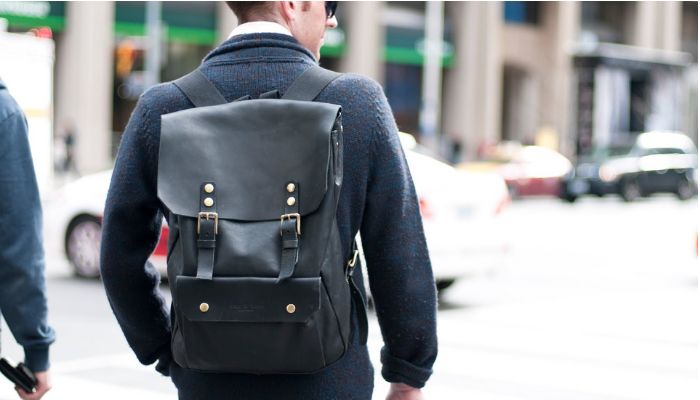The evolution of backpacks can be traced back to ancient times when people used simple bags made of animal skins or woven materials to carry goods. However, the modern backpack as we know it today began to take shape in the 19th century.
In the 1800s, backpacks were primarily used by soldiers and travelers. These early backpacks were made of canvas or leather and had a single compartment with a drawstring closure. They were designed to be carried on the back with straps over the shoulders.
During the 20th century, backpacks became more specialized and diverse. In the 1930s, the Swiss company Mammut introduced the first internal frame backpack, which featured a frame inside the pack to distribute weight more evenly across the back. This innovation made backpacking more comfortable and popularized the activity.
The outdoor recreation industry boomed in the 1960s and 1970s, and backpacks became more sophisticated. Companies like The North Face, Patagonia, and Deuter introduced backpacks with multiple compartments, adjustable straps, and various accessories like sleeping bag compartments and hydration systems.
In the late 20th and early 21st centuries, backpacks continued to evolve to meet the needs of different users. School backpacks have become more ergonomic and lightweight, with features like padded shoulder and chest straps to reduce strain on children’s backs. Laptop backpacks were designed with dedicated compartments for computers and other electronic devices.
Today, backpacks come in various styles and designs, catering to different activities and preferences. There are backpacks for hiking, camping, travel, commuting, school, and fashion. Some backpacks are made from sustainable materials like recycled plastic bottles or organic cotton. Others feature high-tech features like GPS tracking, solar charging, and waterproofing.
The evolution of backpacks reflects the changing needs and lifestyles of people worldwide. From simple bags to sophisticated gear, backpacks have become essential tools for carrying belongings and exploring the world.


